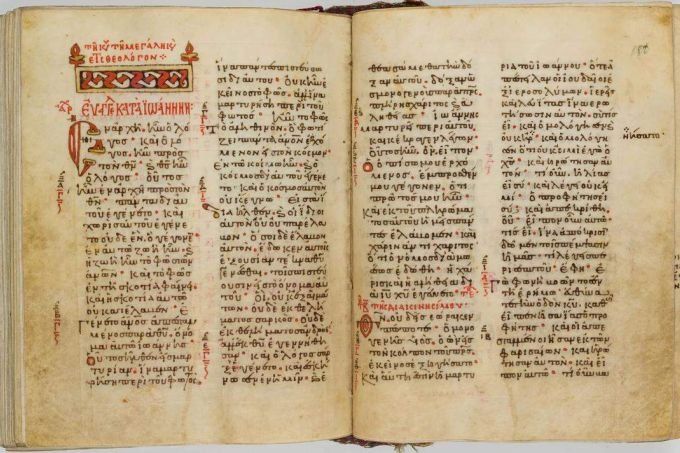Washington, USA 30 Aug 2022, 03:53 Author: BLITZ
It was seized from a Greek monastery during the First World War
The Museum of the Bible in Washington, D.C., which is working to restore trust by returning ill-gotten gains to its collection, returned a manuscript gospel that is more than 1,000 years old to the Greek Orthodox Church on Tuesday (23 August) after finding , that it was looted from a Greek monastery during the First World War.
The museum said it returned the artifact, which its founders acquired at a Christie’s auction in 2011, to a representative of the Eastern Orthodox Church in a private ceremony in New York. The manuscript is due to be repatriated next month to the Kosinitsa monastery in northern Greece, where it was used in liturgical services for hundreds of years before it was stolen by Bulgarian forces in 1917.
The return is in line with the Museum of the Bible’s policy in recent years to investigate the provenance of its entire collection. After early acquisitions by its founders, owners of the Hobby Lobby chain of craft stores, it was found to include thousands of items looted from ancient Mesopotamia and Egypt. The company paid US$3 million in 2017 to settle claims with the US government that it failed to exercise due diligence in the chaotic multi-million dollar international antiquities buying spree that began in 2009.
The Greek Orthodox Church said several other American institutions have turned up with artifacts looted from the same monastery.
The Museum of the Bible website traces the manuscript’s history and chain of ownership from its creation in the late 10th or early 11th century, through the sacking of the monastery in 1917, through various sales after the end of the war.
“Certainly the market has its challenges,” said Jeffrey Kloha, chief curator of the Museum of the Bible, who was brought in after the troubled acquisitions. “Things have been on the market for some time, and in some cases decades, that have origins that are not legitimate.”









